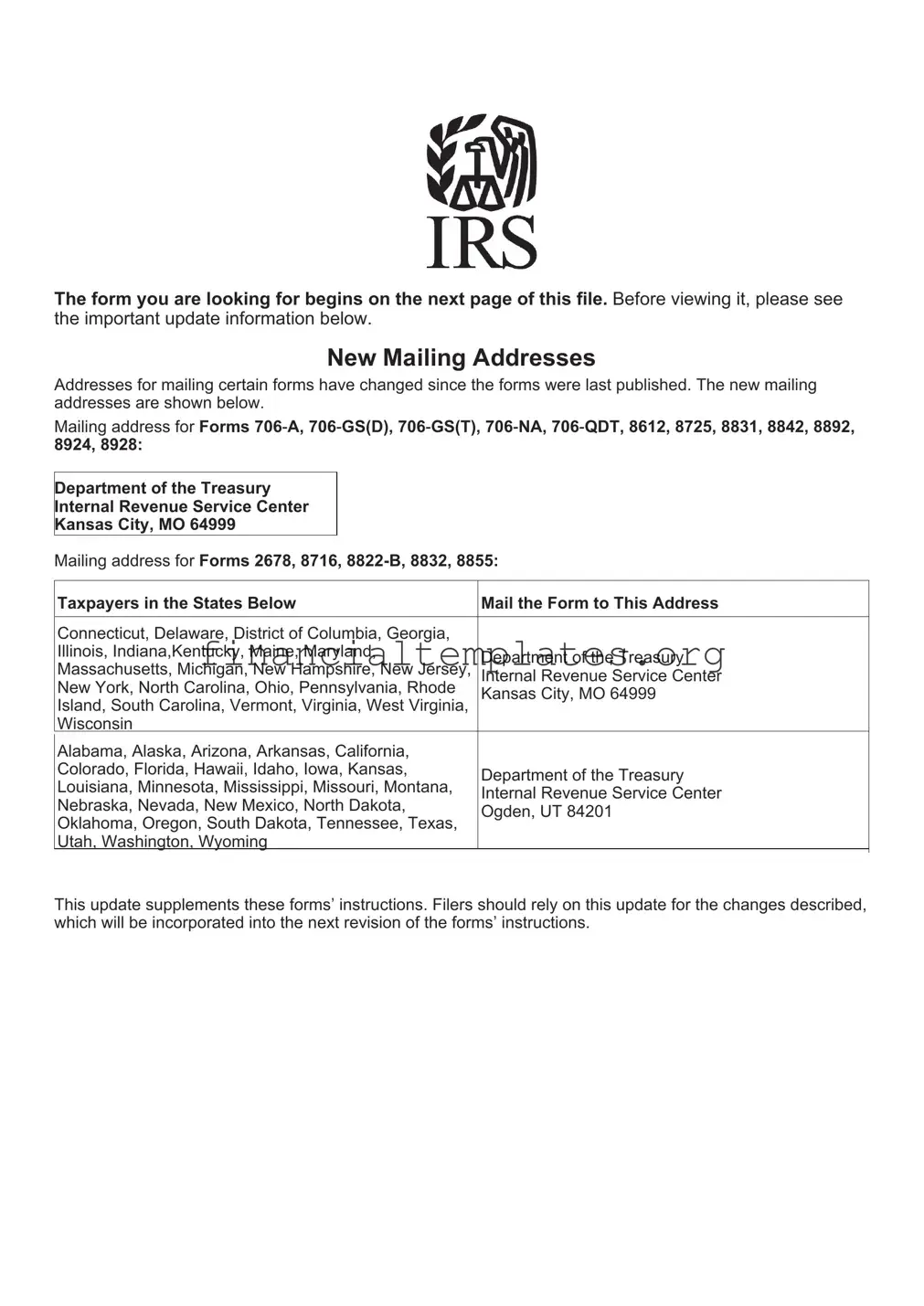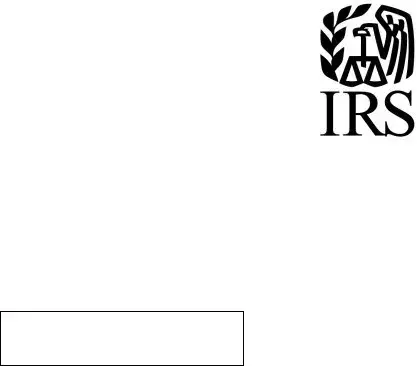entity's requested classification for all of the years the entity intended the requested election to be effective and no inconsistent tax or information returns have been filed during any of the tax years.
3.The entity has reasonable cause for its failure to timely make the entity classification election.
4.Three years and 75 days from the requested effective date of the eligible entity's classification election have not passed.
Affected person. An affected person is either:
•with respect to the effective date of the eligible entity's classification election, a person who would have been required to attach a copy of the Form 8832 for the eligible entity to its federal tax or information return for the tax year of the person which includes that date; or
•with respect to any subsequent date after the entity's requested effective date of the classification election, a person who would have been required to attach a copy of the Form 8832 for the eligible entity to its federal tax or information return for the person's tax year that includes that subsequent date had the election first become effective on that subsequent date.
For details on the requirement to attach a copy of Form 8832, see Rev. Proc. 2009-41 and the instructions under Where To File.
To obtain relief, file Form 8832 with the applicable IRS service center listed in Where To File, earlier, within 3 years and 75 days from the requested effective date of the eligible entity's classification election.
If Rev. Proc. 2009-41 does not apply, an
entity may seek relief for a late entity election by requesting a private letter ruling and paying a user fee in accordance with Rev. Proc. 2013-1, 2013-1 I.R.B. 1 (or its successor).
Line 11. Explain the reason for the failure to file a timely entity classification election.
Signatures. Part II of Form 8832 must be signed by an authorized representative of the eligible entity and each affected person. See Affected Persons, earlier. The individual or individuals who sign the declaration must have personal knowledge of the facts and circumstances related to the election.
Foreign Entities Classified as Corporations for Federal Tax Purposes:
American Samoa—Corporation
Argentina—Sociedad Anonima
Australia—Public Limited Company
Austria—Aktiengesellschaft
Barbados—Limited Company
Belgium—Societe Anonyme
Belize—Public Limited Company
Bolivia—Sociedad Anonima
Brazil—Sociedade Anonima
Bulgaria—Aktsionerno Druzhestvo
Canada—Corporation and Company
Chile—Sociedad Anonima
People’s Republic of China—Gufen
Youxian Gongsi
Republic of China (Taiwan)
—Ku-fen Yu-hsien Kung-szu
Colombia—Sociedad Anonima
Costa Rica—Sociedad Anonima Croatia—Dionicko Drustvo Cyprus—Public Limited Company Czech Republic—Akciova Spolecnost Denmark—Aktieselskab Ecuador—Sociedad Anonima or Compania
Anonima
Egypt—Sharikat Al-Mossahamah
El Salvador—Sociedad Anonima
Estonia—Aktsiaselts
European Economic Area/European Union
—Societas Europaea
Finland—Julkinen Osakeyhtio/Publikt Aktiebolag
France—Societe Anonyme
Germany—Aktiengesellschaft
Greece—Anonymos Etairia
Guam—Corporation
Guatemala—Sociedad Anonima
Guyana—Public Limited Company
Honduras—Sociedad Anonima
Hong Kong—Public Limited Company
Hungary—Reszvenytarsasag
Iceland—Hlutafelag
India—Public Limited Company Indonesia—Perseroan Terbuka Ireland—Public Limited Company Israel—Public Limited Company Italy—Societa per Azioni Jamaica—Public Limited Company Japan—Kabushiki Kaisha Kazakstan—Ashyk Aktsionerlik Kogham Republic of Korea—Chusik Hoesa Latvia—Akciju Sabiedriba Liberia—Corporation Liechtenstein—Aktiengesellschaft Lithuania—Akcine Bendroves Luxembourg—Societe Anonyme Malaysia—Berhad
Malta—Public Limited Company
Mexico—Sociedad Anonima
Morocco—Societe Anonyme
Netherlands—Naamloze Vennootschap
New Zealand—Limited Company
Nicaragua—Compania Anonima
Nigeria—Public Limited Company
Northern Mariana Islands—Corporation
Norway—Allment Aksjeselskap
Pakistan—Public Limited Company
Panama—Sociedad Anonima
Paraguay—Sociedad Anonima
Peru—Sociedad Anonima
Philippines—Stock Corporation
Poland—Spolka Akcyjna
Portugal—Sociedade Anonima
Puerto Rico—Corporation
Romania—Societe pe Actiuni
Russia—Otkrytoye Aktsionernoy
Obshchestvo
Saudi Arabia—Sharikat Al-Mossahamah
Singapore—Public Limited Company
Slovak Republic—Akciova Spolocnost
Slovenia—Delniska Druzba
South Africa—Public Limited Company
Spain—Sociedad Anonima
Surinam—Naamloze Vennootschap
Sweden—Publika Aktiebolag
Switzerland— Aktiengesellschaft
Thailand—Borisat Chamkad (Mahachon)
Trinidad and Tobago—Limited Company
Tunisia—Societe Anonyme
Turkey—Anonim Sirket
Ukraine—Aktsionerne Tovaristvo Vidkritogo Tipu
United Kingdom—Public Limited Company
United States Virgin Islands—Corporation Uruguay—Sociedad Anonima Venezuela—Sociedad Anonima or Compania
Anonima
See Regulations section F! 301.7701-2(b)(8) for any
exceptions and inclusions to items CAUTION on this list and for any revisions made to this list since these instructions were printed.
Paperwork Reduction Act Notice
We ask for the information on this form to carry out the Internal Revenue laws of the United States. You are required to give us the information. We need it to ensure that you are complying with these laws and to allow us to figure and collect the right amount of tax.
You are not required to provide the information requested on a form that is subject to the Paperwork Reduction Act unless the form displays a valid OMB control number. Books or records relating to a form or its instructions must be retained as long as their contents may become material in the administration of any Internal Revenue law. Generally, tax returns and return information are confidential, as required by section 6103.
The time needed to complete and file this form will vary depending on individual circumstances. The estimated average time is:
Recordkeeping . . . . 2 hr., 46 min.
Learning about the
law or the form . . . . 3 hr., 48 min.
Preparing and sending
the form to the IRS . . . . . 36 min.
If you have comments concerning the accuracy of these time estimates or suggestions for making this form simpler, we would be happy to hear from you. You can write to the Internal Revenue Service, Tax Forms and Publications, SE:W:CAR:MP:TFP,
1111 Constitution Ave. NW, IR-6526, Washington, DC 20224. Do not send the form to this address. Instead, see Where To File above.



 Initial classification by a
Initial classification by a  Change in current classification. Go to line 2a.
Change in current classification. Go to line 2a.











 A domestic eligible entity electing to be classified as an association taxable as a corporation.
A domestic eligible entity electing to be classified as an association taxable as a corporation.
 A domestic eligible entity electing to be classified as a partnership.
A domestic eligible entity electing to be classified as a partnership.
 A domestic eligible entity with a single owner electing to be disregarded as a separate entity.
A domestic eligible entity with a single owner electing to be disregarded as a separate entity.
 A foreign eligible entity electing to be classified as an association taxable as a corporation.
A foreign eligible entity electing to be classified as an association taxable as a corporation.
 A foreign eligible entity electing to be classified as a partnership.
A foreign eligible entity electing to be classified as a partnership.
 A foreign eligible entity with a single owner electing to be disregarded as a separate entity.
A foreign eligible entity with a single owner electing to be disregarded as a separate entity.

